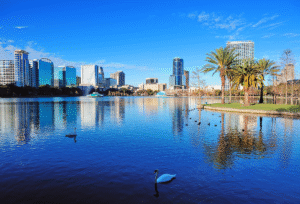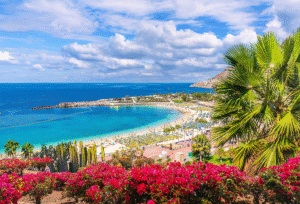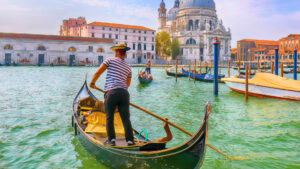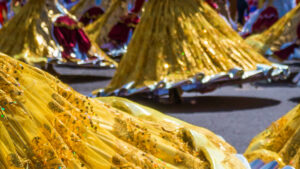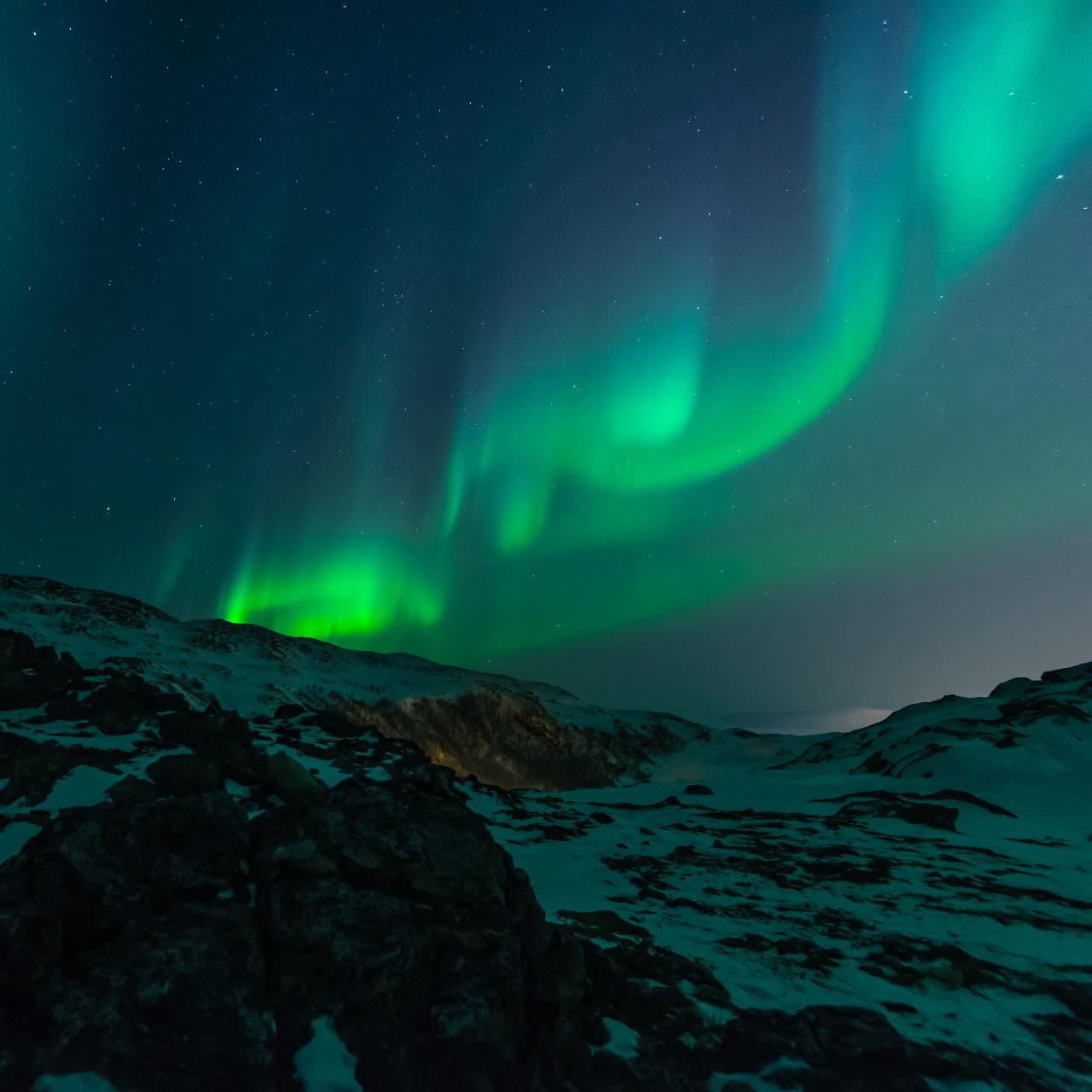
If seeing the spectacular Northern Lights (aurora borealis) is on your bucket list, then now is a fantastic time to see them in all their glory— they’re at the strongest they’ll be for over a decade.
What are the Northern Lights?
The Northern Lights are the result of solar eruptions colliding with gaseous particles in the Earth’s atmosphere. They produce intense aurora, causing displays of stunning bright lights, which can range in colour from green to white and pink to purple. They move across the sky as though they’re dancing in front of your eyes. Interestingly, they take place on an 11-year solar cycle, which makes it much easier to see them some years than others.
Regardless of where we are in this solar cycle, one of the best places in the world to experience the Northern Lights is Iceland. Just imagine floating in a geothermal lagoon, listening to the chilled out sounds of Sigur Ros from the underwater speakers and having an in-water massage whilst gazing up at the Northern Lights.
Many people use the unique cultural city of Reykjavík as a base from which to start their trip so that they can experience the top shopping and stylish arts centres and museums. On evenings when there is a low chance of spotting the lights, Reykjavík has great nightlife, so you can cosy up in a pub or rock out to an indie band in a lounge bar.
When to see the Northern Lights
The best time to visit to see the lights is between September and March, and to get the very best odds, experts recommend you stay a minimum of seven nights in the country. The Northern Lights usually tend to be very active for two to three nights, then low for four to five nights, in ongoing cycles.
Be warned though, as the Northern Lights can be elusive. Solar activity is unpredictable and there are a number of factors that play a part in how likely you are to see the aurora. First of all you need darkness, so travelling into the countryside and away from city lights and car headlights gives you a greater chance.
There must also be minimal cloud – just remember to wrap up warm as clear dark weather in Iceland usually means temperatures below freezing.
Using a guided tour will increase your odds of seeing the lights and there are plenty of options leaving from Reykjavík and across Iceland. Many of the tour guides have an 80% or more success rate and if you don’t see the lights the first time, they’ll offer you a second trip for free.
Some of the whale-watching companies have also started offering Northern Lights trips so you can see killer whales and orca by day and search for the aurora by night.
If you are hunting for the lights yourself, we suggest using an aurora forecaster so you can see when the best time to head into the night is. Just believe us when we say that it’s worth the preparation and patience — when you see those pretty lights dancing across the sky you’ll be blown away.

